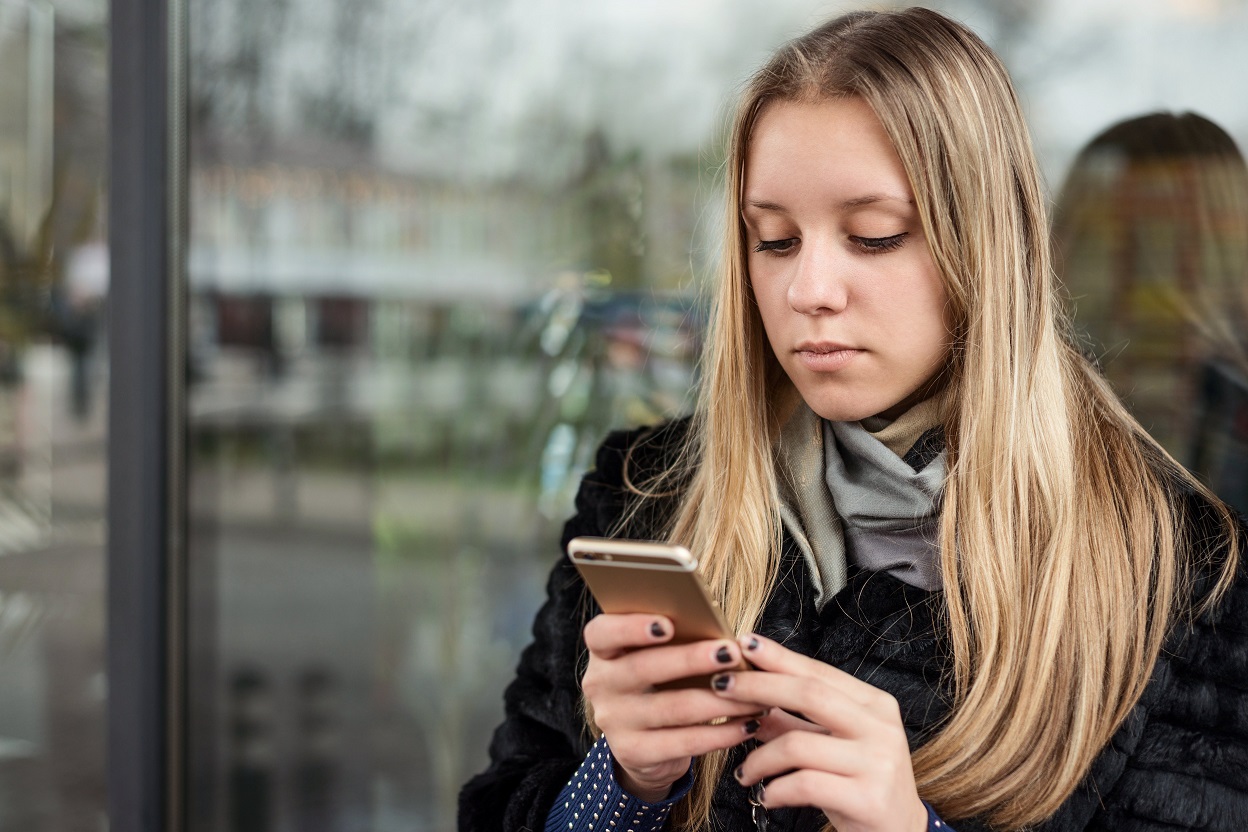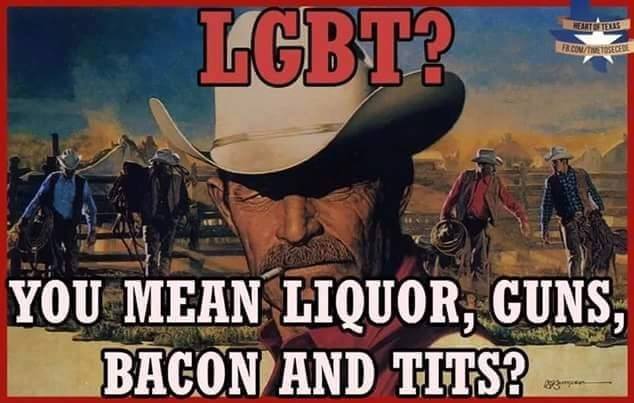A few months ago, Vice came out with an article, “Why Can’t My Famous Gender Nonconforming Friends Get Laid?” Like a rubbernecker passing by a gruesome auto accident, I couldn’t help looking.
Alok and Jacob are two of the most publicly visible gender nonconforming femmes I know. As a performance poet, Alok has just gone solo after touring in dozens of cities in the US and abroad as one half of the poetry duo Darkmatter. Jacob was named to 2016’s OUT 100, has made a web series for NBC, and been the subject of a GLAAD-nominated episode of MTV’s True Life. Both are trans-identified, but belong somewhere in between genders, and they’ve amassed huge social media followings as gender nonbinary, femme, and fabulous human beings. They’ve become celebrities in their own right, with Jacob regularly walking down the red carpet at LGBTQ galas and Alok featuring in the Janet Mock—narrated HBO documentary The Trans List.
The most common transsexuals are men believing they’re women. However, a different subset considers themselves neither male nor female. It’s quite strange how quickly exotic, hair-splitting gradations like “genderqueer” and “non-binary” have sprouted up; terms nobody heard much about until the last few years. Apparently being a very self-convinced drag queen just isn’t enough any more.
Anyway, so these two got a pretty decent amount of publicity—more than the average person’s allotted “fifteen minutes of fame”—thanks to the media making this part of their agenda in recent years. So does this social proof enhance their social life? Apparently, it doesn’t. Big surprise, right?
Dating apps are a vast wasteland (actually, we agree)

20,000 suitors? Decisions, decisions…
The article continues:
But if you think all that would land them a date, you’d be wrong. And nobody is more puzzled than me as to why such obvious catches are having dating problems when so many clamor for their attention.
Then, the author (based on personal experience in dating as a transsexual) advises them on setting up a Tinder profile:
“OMG, I’m going to switch my gender to ‘woman’ too so I can look at straight guys!” Alok exclaimed as they picked up their phone, and Jacob followed suit. I’d vaguely known that most of their prospects had been gay-identified men, but it didn’t even occur to me that if given only two gender choices, they would need to pick “man” on Tinder so they would get gay instead of straight matches, along with the rare bi and pan guys.
The author prefers dating straight guys, finding them “more willing to experiment with GNC [gender non-conforming] folk than gay guys, because their attractions aren’t as socially defined and don’t come with a lifestyle attached” as well as more numerous. In that case, male thirst is worse than I imagined.
“Straight boys are soooo cuuuute,” Alok said as they and Jacob started swiping, their exaggerated intonation managing to feel both sincere and ironic. “Maybe we should get electrolysis and take hormones,” Jacob added in jest, perking up at the bevy of new options.
The greater problem
For argument’s sake, let’s take the author’s word that these two are indeed great catches. Actually, I have to hand it to Alok—anyone who can make it as a professional poet these days has accomplished the impossible. However, there’s still a problem. Gay guys can have their cool moments (it helps if being gay isn’t their only hobby). However, that doesn’t make straight guys want to bang them. If I were on Tinder, this wouldn’t quite be what I’d want to find.
As for gays, they have their own set of preferences. “No fats, fems, or fags” is apparently pretty standard boilerplate on their personal ads. They like what they like too. “Jocks” and “twinks” are quite popular, and “bears” also have their following. Although swishy queens are the common gay stereotype, they’re not highly prized.
So, despite whatever personal charisma some gender-benders might have, they’re turning on neither straight guys nor gays. Would women be interested in them? That’s not too likely, either. Men quite often get shot down for merely misdemeanor levels of insufficient machismo, such as being too nice or failing a Shit Test. It’s Game 101, and hardly needs repeating. As for lesbians, they generally don’t believe the dress-up show.
As for the final results:
Between the three of us, Jacob seemed to have the most exciting life, dating-wise. Between moving to a new city and working on a glamorous, award-winning TV show, their life was full of newfound opportunities to meet prospects. But by Valentine’s Day, they’d ended up in a crisis: The supposedly femme-friendly gay guy they’d been hanging out with for weeks told them he didn’t end up reciprocating their crush. It’s a scenario that’s played out over and over again for them.
Apparently, there’s no escaping the Friend Zone, even on the Dark Side! I’m not sure how crashing and burning after several weeks qualifies as an exciting dating life. Given the gay community’s extreme libertinism, if these two can’t get any action, it’s time to rethink their strategy more fundamentally.
Somebody has to tell the truth about this

The biological principle of sexual dimorphism means that the two sexes—yes, there are two—have physical differences. Some of these serve as mating cues. In humans, two classic examples (among others) are a woman’s hourglass figure and a man’s muscular frame. Characteristics like these cause attraction on sight. There are important psychological attributes too, which is why wimpy guys and unladylike women aren’t popular.
By default, males are attracted to female characteristics, and females are attracted to male characteristics. (One needn’t be an evolutionary biologist to understand why.) For homosexuals, the preferences are reversed. Whichever sex someone likes, only the real thing will do, because there’s just no faking it. However, presenting oneself as neither male nor female doesn’t attract anyone. That’s as wrong as two boys fucking.
Read More: 11 More Ways The Elite Psychologically Severs Us Through Harmful Conditioning